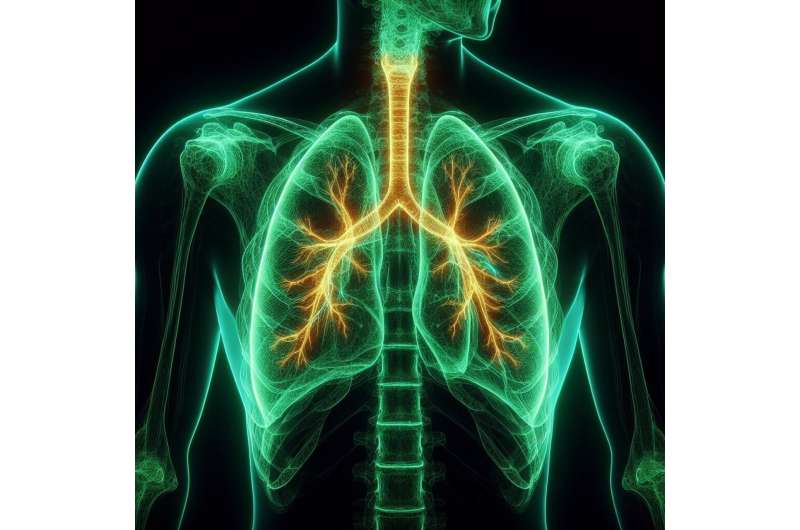New Research Unveils Natural Mechanisms That Could Halt Cancer Progression

Discover how a natural cellular mechanism involving DNA structures and proteins like nucleolin could lead to innovative cancer therapies by stopping uncontrolled gene activity. Latest research from Purdue University unveils this promising approach.
Scientists are exploring the body's innate systems that naturally suppress cancer development, potentially paving the way for innovative therapies. Led by researchers at Purdue University, recent studies have focused on a molecular mechanism involving the interaction between specific proteins and DNA structures associated with cancer-driving genes. Their groundbreaking work reveals that a protein called nucleolin binds to a unique DNA structure known as a G-quadruplex in the promoter region of the c-MYC gene, a major oncogene responsible for many blood cancers and solid tumors.
This binding effectively acts as a brake, preventing the gene from being transcribed and thus slowing down or stopping uncontrolled cell growth. The researchers have mapped this complex at an atomic level, showing how nucleolin attaches to four loops of the G-quadruplex DNA structure, forming a highly specific and strong interaction. This discovery uncovers a natural 'braking system' that evolution has developed to contain cancerous growth.
Understanding this mechanism opens new avenues for drug development. If scientists can design drugs that stabilize this protein-DNA interaction, they could prolong the gene repression, offering a promising strategy to combat cancers driven by c-MYC. The team’s findings, published in the journal Science, emphasize not only the uniqueness of this binding mode but also its potential as a universal model for targeting other G-quadruplex structures involved in cancer.
Dr. Danzhou Yang, a senior researcher involved in this study, highlighted that targeting G-quadruplexes could lead to therapies that precisely inhibit oncogenes like c-MYC. Such approaches could offer a more focused alternative to traditional treatments, reducing side effects and improving efficacy. The findings also shed light on the broader role of G-quadruplexes and modular proteins in cell regulation and epigenetics.
This research signifies a paradigm shift, demonstrating how natural cellular mechanisms could be harnessed or enhanced for cancer therapy. Ongoing studies aim to delve deeper into how these structures interact with other proteins and how they can be manipulated to better control gene expression related to cancer and other diseases.
Stay Updated with Mia's Feed
Get the latest health & wellness insights delivered straight to your inbox.
Related Articles
Study Finds Crizotinib Does Not Extend Disease-Free Survival in Early-Stage ALK+ Lung Cancer
A recent study shows that crizotinib does not improve disease-free survival in patients with resected early-stage ALK-positive non-small cell lung cancer, guiding future treatment strategies.
Rising Challenges Threaten Malaria Elimination Targets in Asia Pacific
Malaria cases are surging in the Asia Pacific, threatening the region’s goal of elimination by 2030 due to climate change, resistance, conflicts, and funding shortages.
Study Reveals 59% of Overdose Deaths Involved Stimulants from 2021 to 2024
A CDC report highlights that nearly 60% of overdose deaths in the US from 2021 to 2024 involved stimulants, emphasizing the need for targeted treatment approaches.
Research Highlights Support Gaps in Care for Older Breast Cancer Patients
A new study reveals significant gaps in supportive care use among older breast cancer patients, highlighting challenges in engagement despite identified health risks. Improving awareness and acceptance of supportive services is essential for better outcomes.



